Serengeti National Park
PACKING LIST
All of our safaris are custom and private. For quotes, it is best to submit an inquiry to our websites contact form. We will reply with general information regarding how we operate our safaris as well as estimates. From there, we can customize and plan your dream safari based on your preferences (number of days, number of guests, type of accommodation, domestic flights, etc).
An Unforgettable Encounter with the Wild
The Serengeti National Park is a magnificent gem that holds within its boundaries an abundance of life and breathtaking landscapes. This protected area is situated in northern Tanzania and offers the quintessential African safari experience.
If you are a nature enthusiast or wildlife photographer, Serengeti should be on your bucket list!
Size of the Serengeti National Park
Spanning 14,750 square kilometers, Serengeti National Park is among the world’s most famous wildlife havens. Its diverse landscapes range from open grasslands and savannah with acacia trees to hilly regions, dense woodlands, and black clay plains.

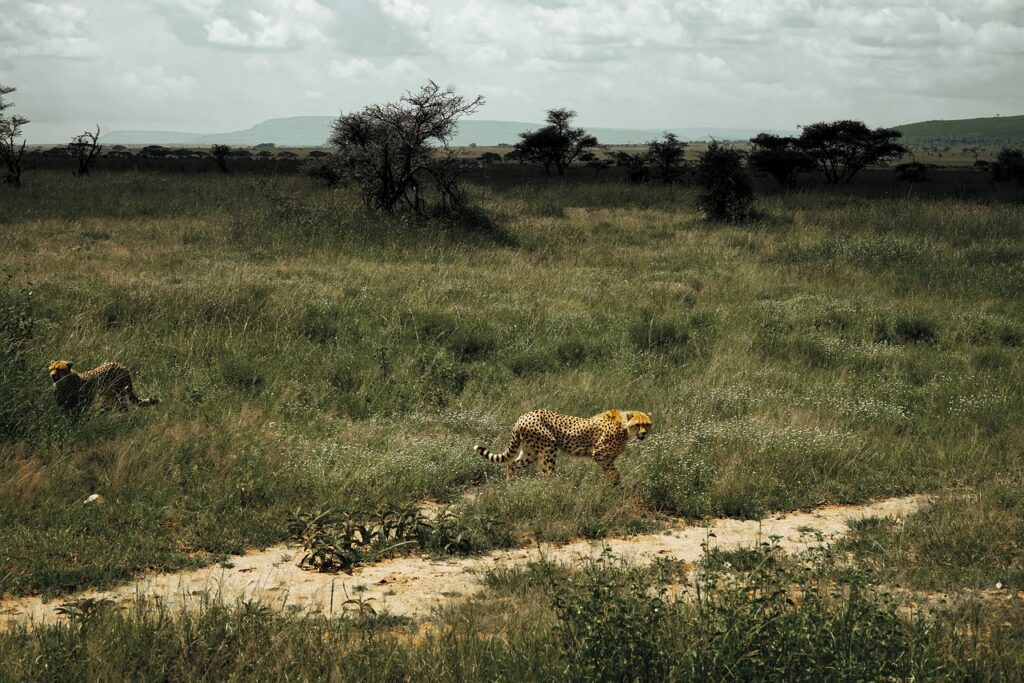
Rich amount of wildlife and animals
Serengeti National Park boasts a diverse wildlife collection with over 70 mammals and 500 bird species, including Africa’s Big Five. It’s known for its lion prides, tree-perching leopards, roaming elephants, and elusive black rhinos.
Beyond the Big Five, the park shelters zebras, gazelles, predators like cheetahs, and even Nile crocodiles and diverse dung beetles.
What is the Serengeti known for?
Perhaps the most famous spectacle in Serengeti National Park is the annual migration of over 1.5 million wildebeests, along with hundreds of thousands of zebras and gazelles.
This event, known as the Great Migration, is one of the most remarkable natural phenomena on the planet. The sights, sounds, and drama of this wildlife mass movement are an absolute thrill to witness.
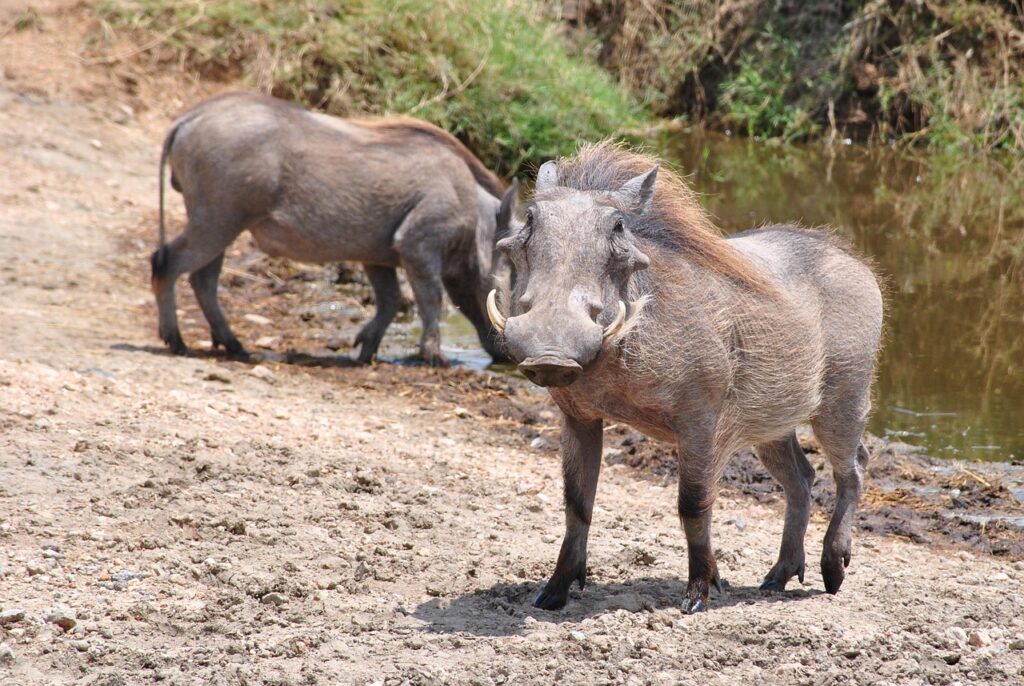
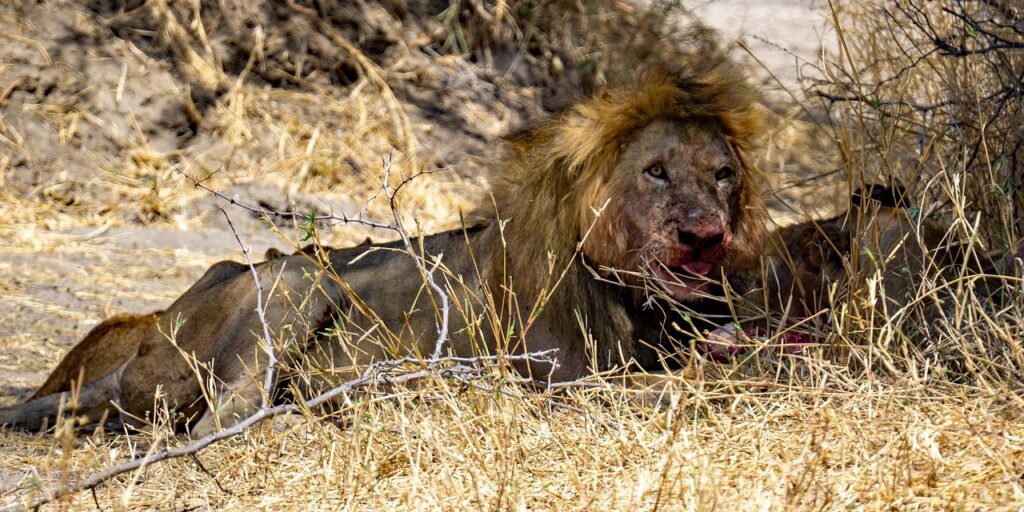
Important Information for Visitors
Reasons to Visit Serengeti National Park
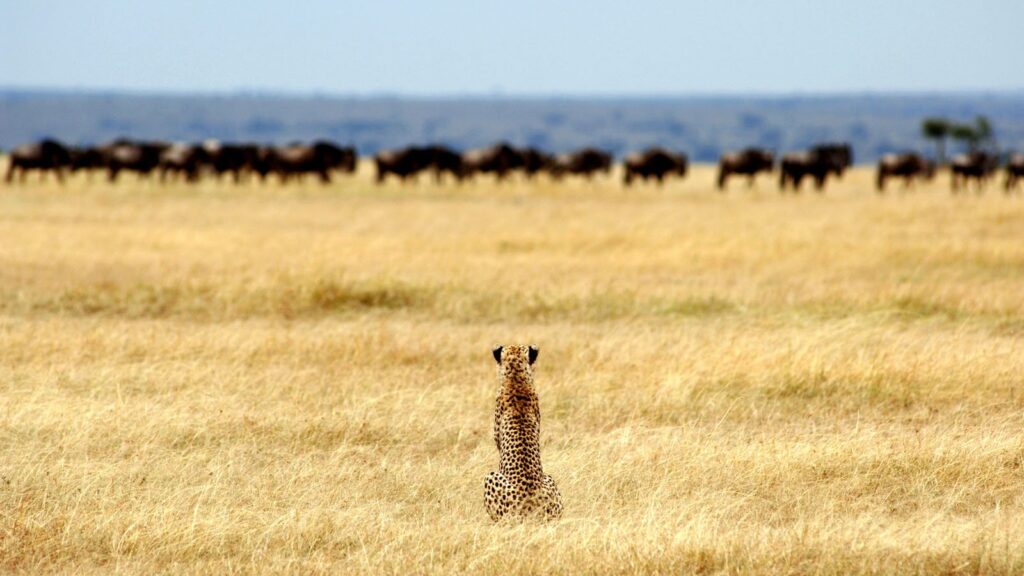
Northern Serengeti – The Heartbeat of the Great Migration
The Northern Serengeti, within the expansive 14,750-square-kilometer Serengeti National Park, is renowned for its landscapes and key role in the Great Migration. Bordering the Masai Mara in Kenya, this region is best visited between July and October, aligning with migration patterns influenced by rainfall.
Lodges and camps near the Mara River offer prime viewing of river crossings. While game drives are popular, a hot air balloon safari provides an aerial view of the migrating herds. A river crossing requires patience, with wildebeest often hesitating for hours or days; having binoculars and a camera is beneficial.
Witnessing the Great Migration’s drama, especially a Mara River crossing, is unforgettable. The Northern Serengeti’s serene plains, diverse wildlife, and stunning sunsets make it a top choice for safari lovers, ensuring a deep bond with nature.
Southern Serengeti and Ndutu: The Essence of Life in the Serengeti
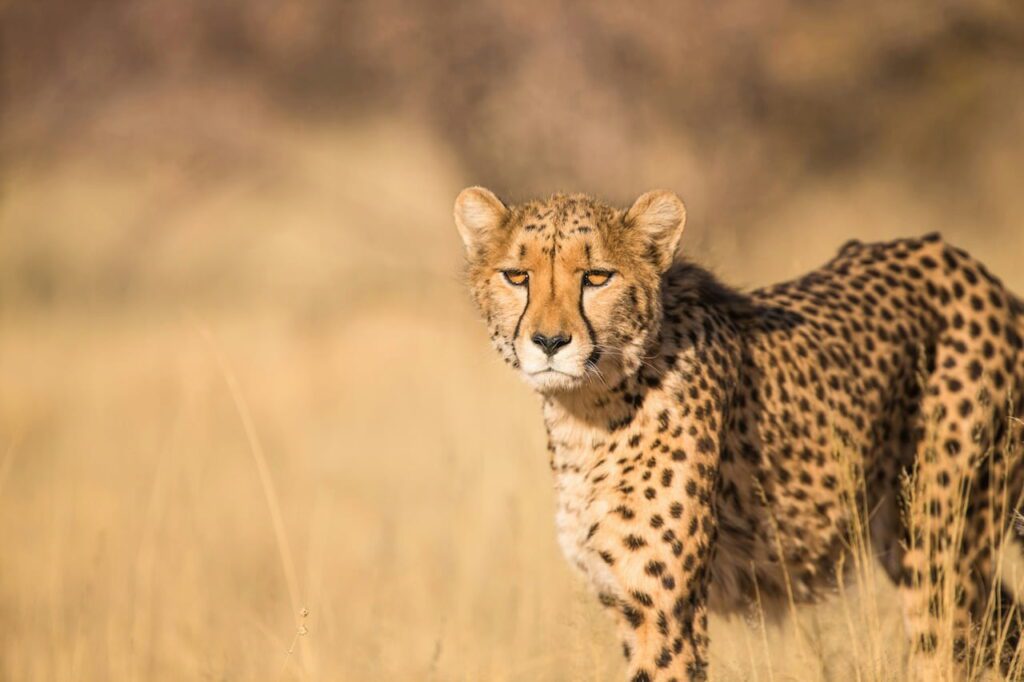
Cheetah

African Elephant
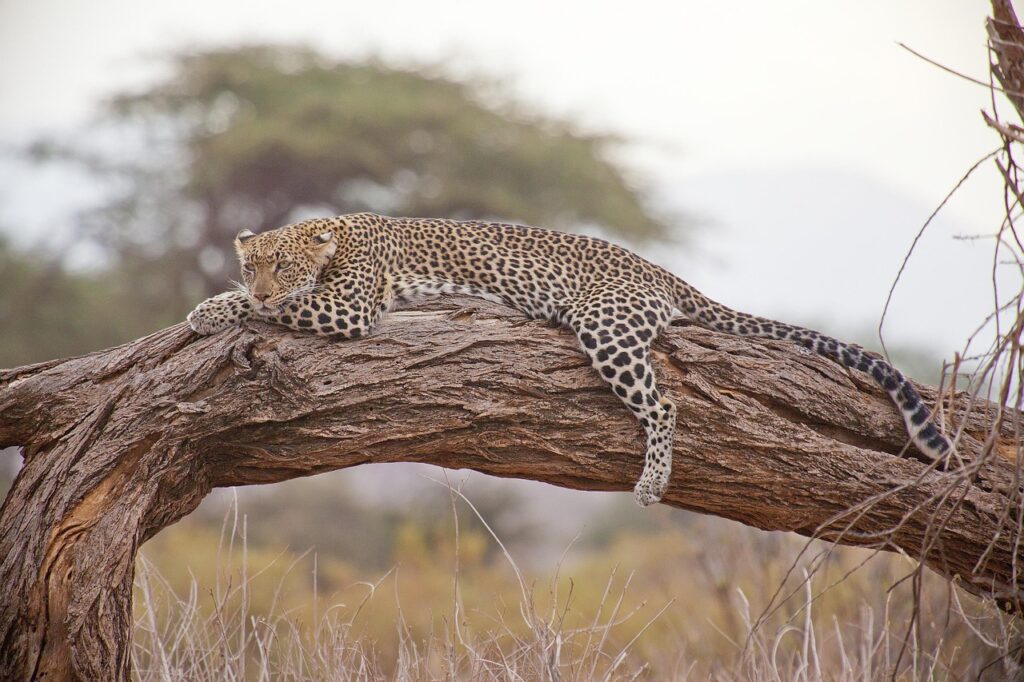
Leopard
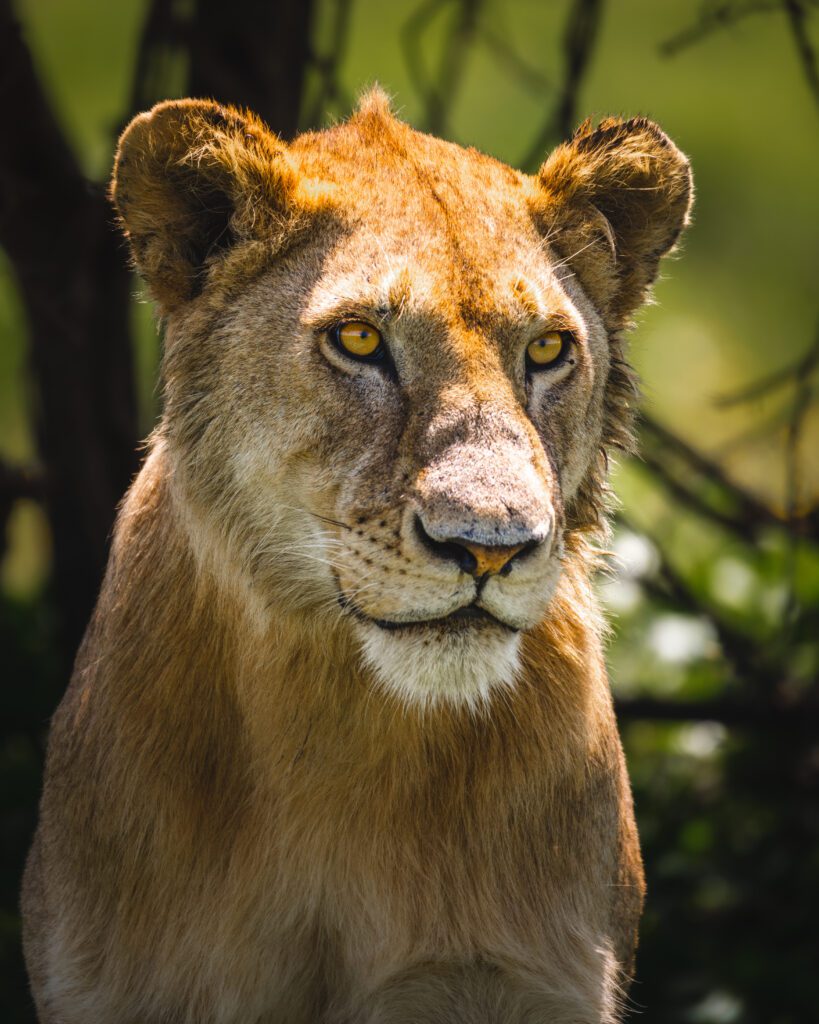
Lions
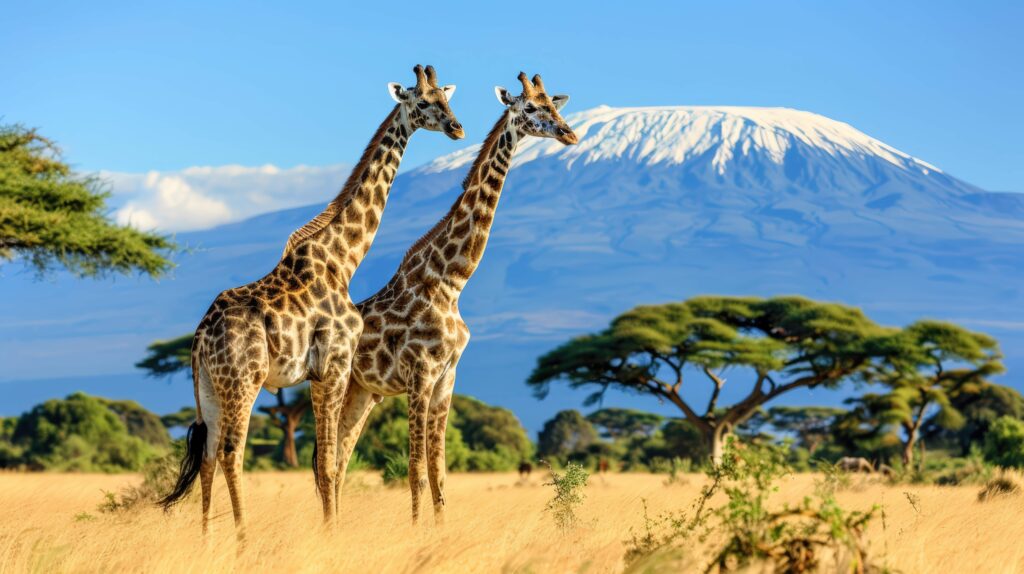
Giraffes

Zebras
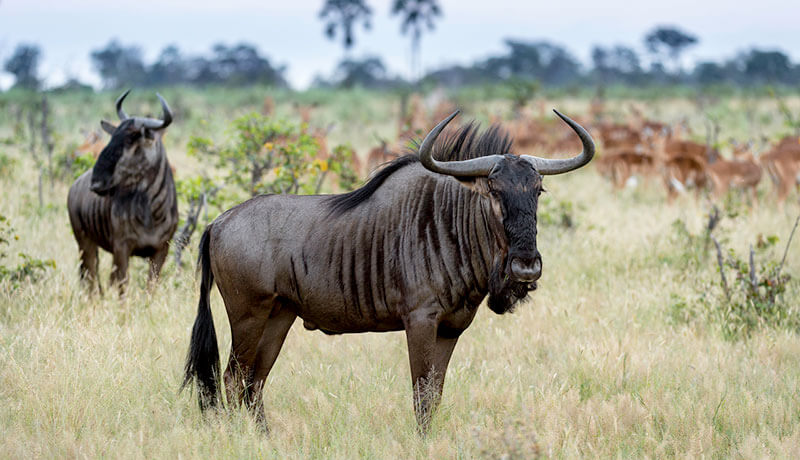
Wildebeest
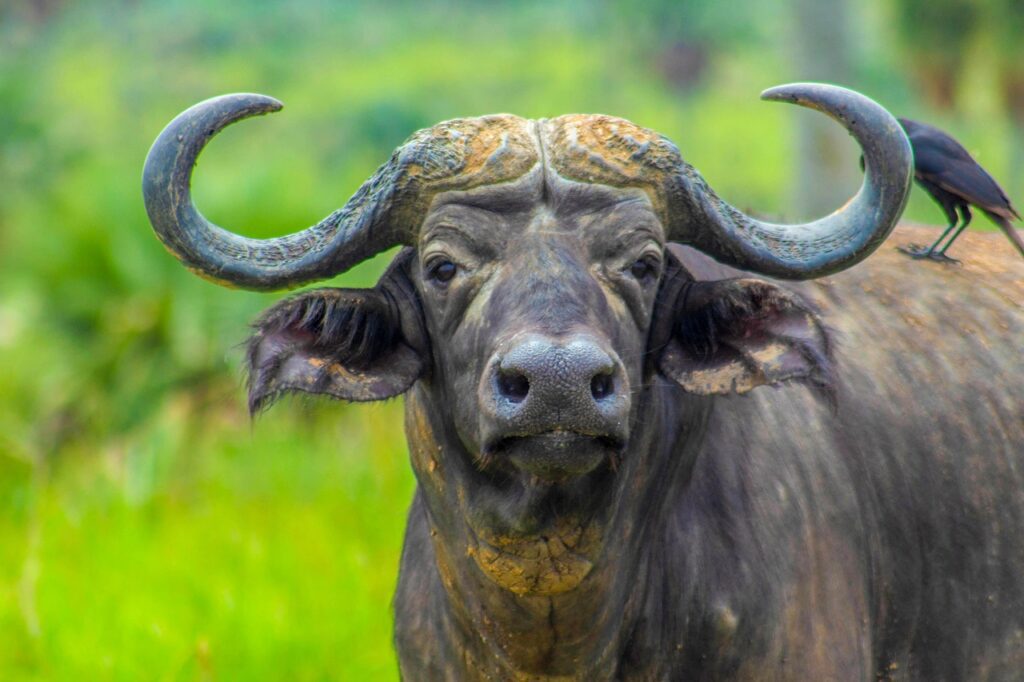
Buffalo
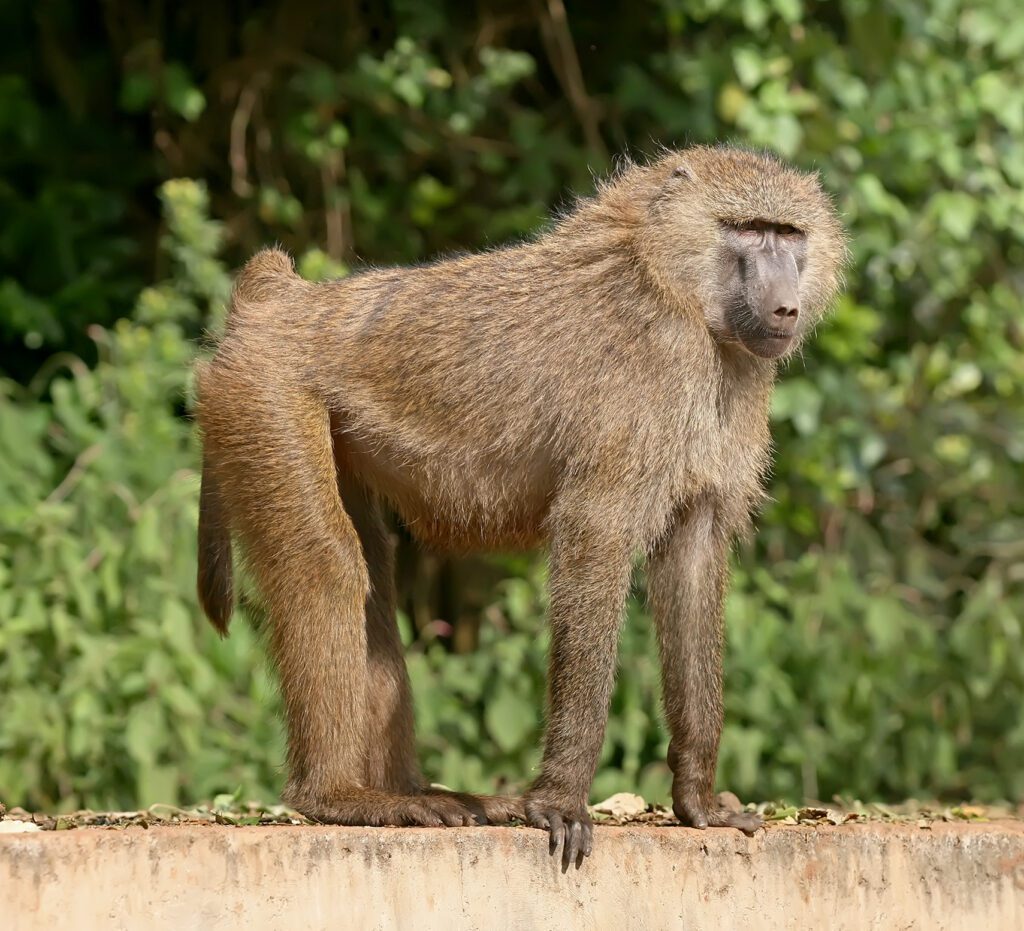
Baboons
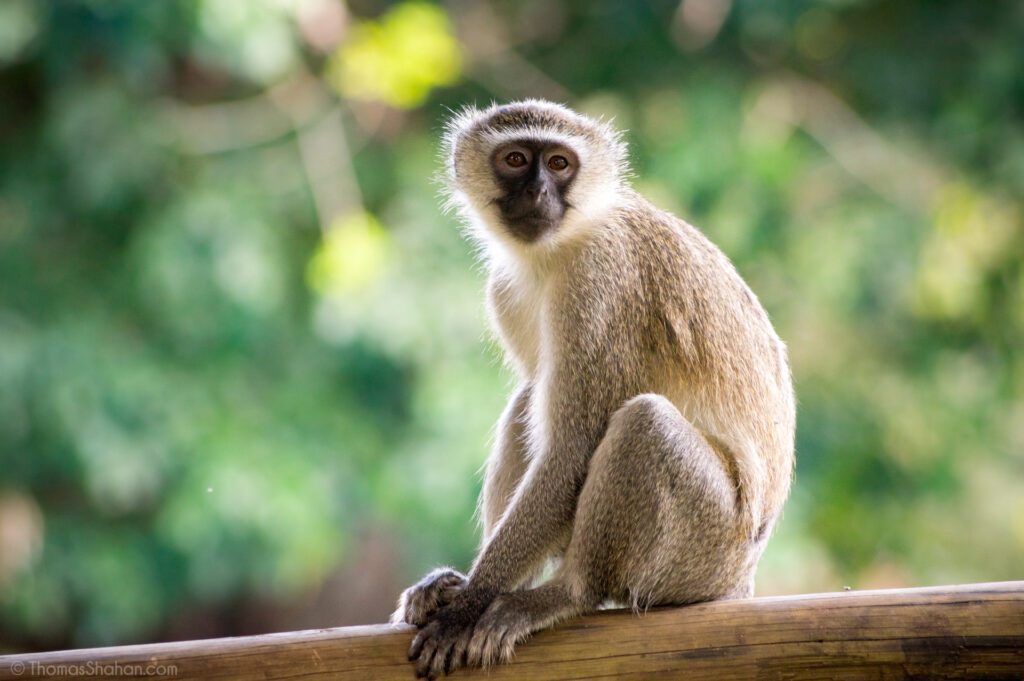
Monkeys
